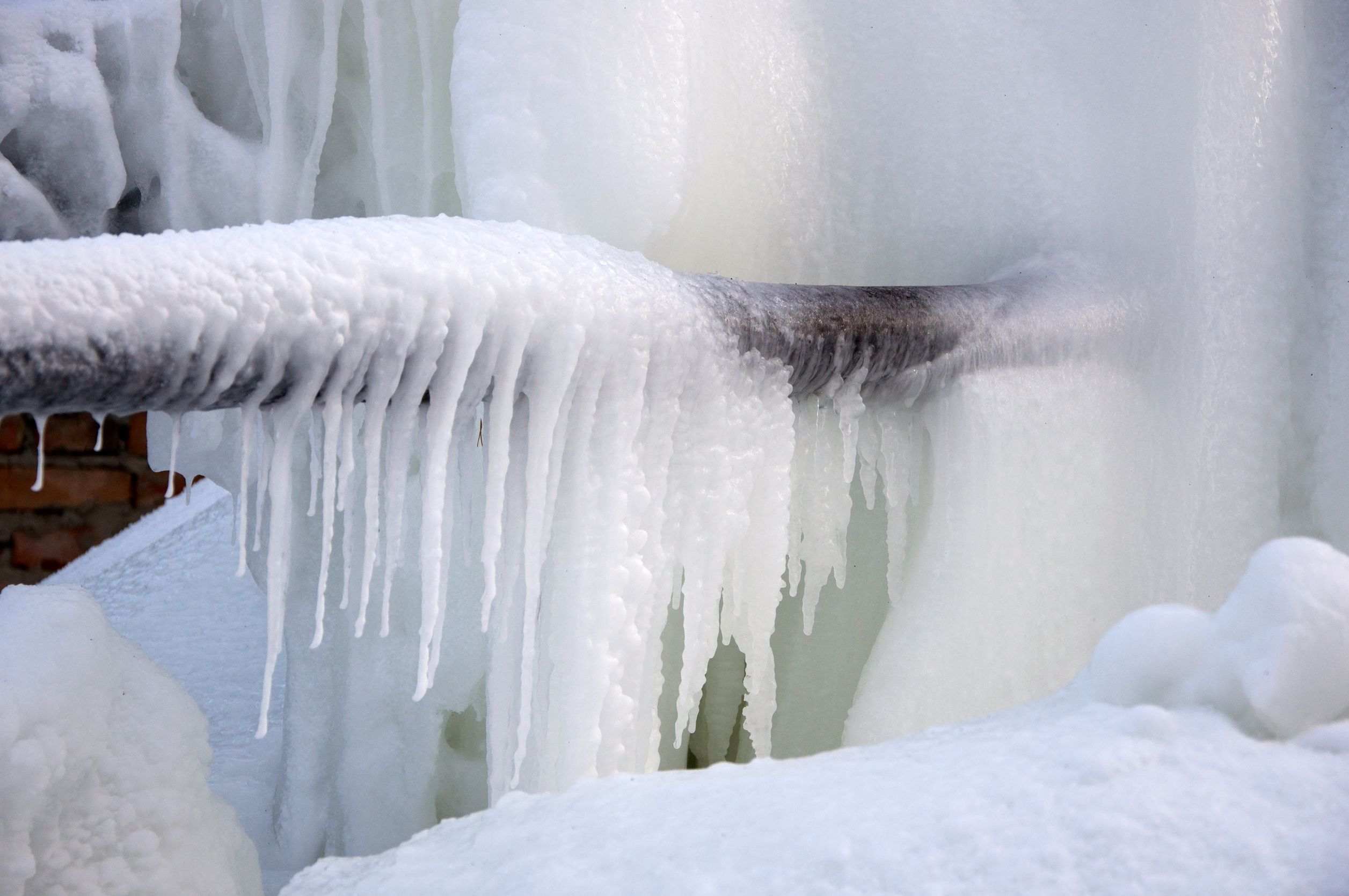Tips to Keep Your Pipes from Cold Weather Issues: Essential Tips
Tips to Keep Your Pipes from Cold Weather Issues: Essential Tips
Blog Article
Are you currently searching for ideas about How to prepare your home plumbing for winter weather?

Cold weather can ruin your pipes, specifically by freezing pipes. Right here's how to stop it from happening and what to do if it does.
Introduction
As temperature levels decrease, the risk of icy pipes boosts, potentially causing costly repair work and water damages. Understanding just how to prevent icy pipelines is vital for home owners in cold climates.
Recognizing Frozen Pipelines
What triggers pipelines to freeze?
Pipelines ice up when exposed to temperatures listed below 32 ° F (0 ° C) for prolonged periods. As water inside the pipes freezes, it broadens, taxing the pipeline wall surfaces and possibly causing them to break.
Dangers and problems
Icy pipelines can lead to supply of water disturbances, home damage, and expensive fixings. Ruptured pipes can flood homes and trigger extensive architectural damage.
Signs of Frozen Pipeline
Recognizing frozen pipelines early can avoid them from bursting.
How to determine icy pipelines
Look for lowered water flow from taps, unusual smells or sounds from pipes, and noticeable frost on revealed pipes.
Prevention Tips
Protecting susceptible pipes
Wrap pipelines in insulation sleeves or utilize heat tape to secure them from freezing temperatures. Focus on pipes in unheated or outside areas of the home.
Home heating strategies
Keep indoor rooms properly heated up, particularly locations with plumbing. Open up cabinet doors to enable cozy air to circulate around pipes under sinks.
Safeguarding Outside Pipes
Yard hoses and outdoor taps
Separate and drain yard hoses prior to wintertime. Install frost-proof spigots or cover outside faucets with protected caps.
What to Do If Your Pipelines Freeze
Immediate actions to take
If you think frozen pipes, maintain taps available to alleviate stress as the ice melts. Utilize a hairdryer or towels soaked in hot water to thaw pipelines gradually.
Long-Term Solutions
Architectural adjustments
Take into consideration rerouting pipes away from outside walls or unheated locations. Add extra insulation to attic rooms, basements, and crawl spaces.
Updating insulation
Invest in premium insulation for pipelines, attic rooms, and wall surfaces. Correct insulation assists maintain constant temperatures and decreases the risk of frozen pipelines.
Conclusion
Protecting against frozen pipes calls for aggressive measures and quick responses. By understanding the causes, indications, and preventive measures, house owners can secure their plumbing during cold weather.
5 Ways to Prevent Frozen Pipes
Drain Outdoor Faucets and Disconnect Hoses
First, close the shut-off valve that controls the flow of water in the pipe to your outdoor faucet. Then, head outside to disconnect and drain your hose and open the outdoor faucet to allow the water to completely drain out of the line. Turn off the faucet when done. Finally, head back to the shut-off valve and drain the remaining water inside the pipe into a bucket or container. Additionally, if you have a home irrigation system, you should consider hiring an expert to clear the system of water each year.
Insulate Pipes
One of the best and most cost-effective methods for preventing frozen water pipes is to wrap your pipes with insulation. This is especially important for areas in your home that aren’t exposed to heat, such as an attic. We suggest using foam sleeves, which can typically be found at your local hardware store.
Keep Heat Running at 65
Your pipes are located inside your walls, and the temperature there is much colder than the rest of the house. To prevent your pipes from freezing, The Insurance Information Institute suggests that you keep your home heated to at least 65 degrees, even when traveling. You may want to invest in smart devices that can keep an eye on the temperature in your home while you’re away.
Leave Water Dripping
Moving water — even a small trickle — can prevent ice from forming inside your pipes. When freezing temps are imminent, start a drip of water from all faucets that serve exposed pipes. Leaving a few faucets running will also help relieve pressure inside the pipes and help prevent a rupture if the water inside freezes.
Open Cupboard Doors
Warm your kitchen and bathroom pipes by opening cupboards and vanities. You should also leave your interior doors ajar to help warm air circulate evenly throughout your home.

I came across that blog post on Preventing and dealing with frozen pipes while doing a search on the search engines. Sharing is caring. Helping others is fun. I am grateful for being here. Please come by our blog back soon.
Try Here Report this page